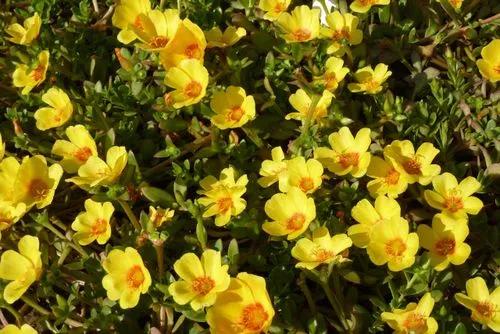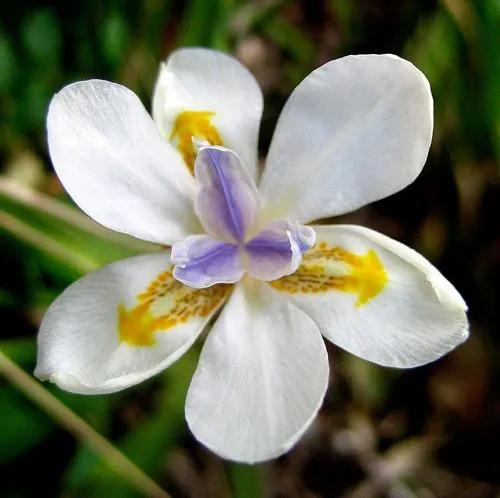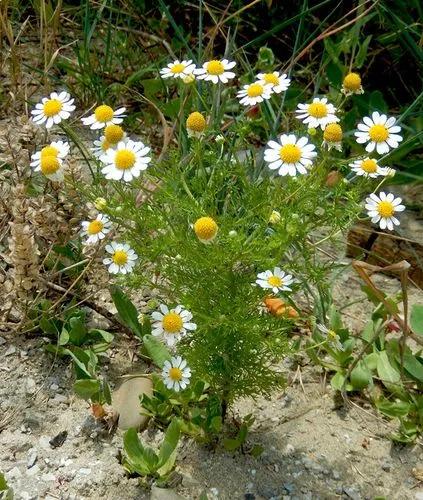It is found in close proximity to ant nests. It grows on trees and rocks and even occasionally as a terrestrial plant. Large. Epidendrum baumannianum has upright reed-like stems that have numerous elliptical leaves. Flowers are attractive and reasonably large and showy. The flowers open up over time for an extended bloom season and are produced on a 20 inch (50 cm) tall unbranched flower stem.
Epidendrum Baumannianum Care
Epidendrum Baumannianum



How to Care for the Plant

Water

Epidendrums need regular watering to flourish, but their roots do prefer to dry out properly in-between times. In the warmer months, they'll need watering at least once a week and possibly more frequently. In the cooler months, you won't need to water so often. Only opting for once a fortnight or every few weeks watering during this time may even help to encourage more healthy bud growth. As with all orchids, it's all about getting the right balance. They won't appreciate being allowed to get dehydrated or being left waterlogged. It's also important to water in the morning, to prevent stagnation.

Fertilizer

Your Epidendrum will likely appreciate being fed a diluted mix of a high-quality and balanced orchid fertilizer once a week or fortnight.

Sunlight

Depending on the species, most Epidendrums like full sun or partial shade conditions. Getting the light right is one of the trickiest parts of any orchids care. Too little and they may not bloom, too much and their leaves can start to burn and turn brown. Bright but in-direct light often yields the best results. Preferably they shouldn't be positioned somewhere that means being exposed to extreme direct sun during the most intense summer months.

Soil

The main requirement for Epidendrum Orchids is that they're potted in a site with good drainage. If they're being grown outdoors, loamy, sandy soil will be the best option. Known for thriving in low nutrient planting material, when container-grown, they can cope with a variety of potting mixes. Things like bark mixed with perlite, gravel, moss or coarse sand usually work well. There are even potting mixes available specifically for orchids or cactuses that will do the job.

Temperature

The requirements of the individual Epidendrum species can vary widely, so make sure you do your research. In general, however, these orchids are pretty tough and resilient. They can cope with a range of temperatures but won't be able to handle freezing conditions. Their preference is usually for temperatures around the low 70s during the day and nothing below ten degrees Fahrenheit at night.

Container

Although it's possible to grow many Epidendrum species outdoors, they often need very particular temperatures and environments to thrive. Unless you're a dedicated enthusiast, you may find it easier to keep them in containers indoors.
Discover more plants with the list below
Popular articles






